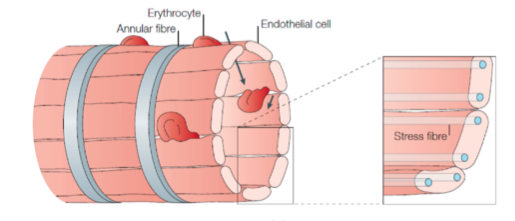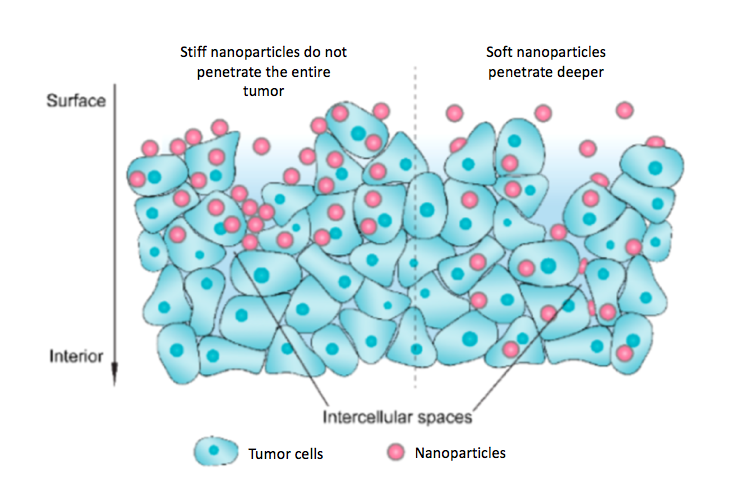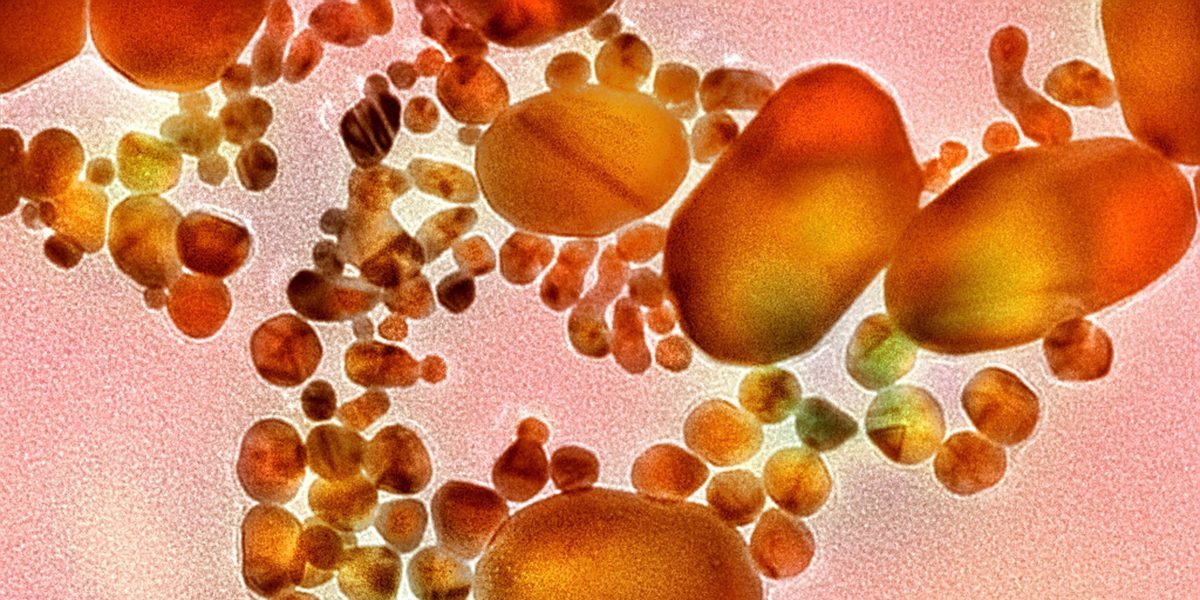What if scientists could treat cancer without the extreme side effects of chemotherapy? Could scientists create a tiny way to cure a giant health crisis? Nanoparticle drug delivery systems could be the answer to our prayers.

Almost everyone knows a friend or family member who has had cancer and suffered through chemotherapy to recover. Currently, chemotherapy for treating cancer causes extreme side effects. For years, scientists have been researching methods to mitigate the adverse effects of treating cancers with the hope of one day creating a cure.
Delivering therapeutic drugs via nanoparticles (NP) are currently used in some FDA approved cancer treatments. Nanoparticles are extremely small–on the scale of the cells in our body. This is even smaller than a strand of hair on your head. Their size makes them ideal candidates for transporting drugs to tumors without damaging healthy tissue . In theory, NPs could hold drugs inside them, travel through our blood (ignoring healthy cells) and deposit the drugs right into the tumor. However, there is a lot of research and improvements to be made before NPs can live up to their full potential. One of the largest unknowns in the study of NPs is their mechanical properties and how these properties interact with the body.
How does our body automatically know how to function without us telling it? Our body has biological sensors which govern our bodily functions in response to the world around us. For example, to prevent unwanted particles that may enter our bloodstream from getting to our brain or lungs, we have filters (like the spleen) that prevent them from passing through. Blood cells are soft, so they can squeeze through biological filters that dirt or stiffer blood cells could not pass through. To reach cancer cells, NPs must pass through these filters.
Stiffness is a mechanical property that measures how much an object moves when it is pushed on. Greater stiffness corresponds to larger applied forces. For example, a piece of wood is stiff but a pillow is soft because it is easier to dent a pillow than to dent wood. To deliver NPs to the tumor through blood, the NPs have to get through the biological filters as they flow through the blood.

To allow passage through these filters, the NP’s mechanical properties must mimic blood. Scientists have performed tests on NPs with various stiffnesses and found that the soft NPs (like blood) were more likely to be allowed through the biological filters, whereas the stiffer (harder) NPs were blocked. If the NPs are blocked, they cannot travel through the blood streams to reach the tumor and are thus ineffective in treating the diseased cells.

Furthermore, soft NPs have been shown to penetrate deeper into tumor cells. The soft NPs can deform, allowing them to maneuver through the gaps between tumor cells (intercellular spaces). The deeper the NPs travel into the tumor, the more effective the drug treatment will be in attacking cancerous cells.
Nanoparticles hold the potential to revolutionize cancer treatment and prevention. By optimizing the mechanical properties of NPs, they could automatically release drugs in the presence of the tumors in response to their biological environment without delivering drugs to other cells. Further development of nanoparticle drug delivery methods may one day lead to a cure that will save loved ones’ lives.
Featured image cropped from Gold nanoparticles, when coated with a cancer antibody, are effective at binding to tumour cells and can be used in the diagnosis and treatment of cancer. When bound to the gold, the cancer cells scatter light, making it very easy to identify the noncancerous cells from the malignant ones. licensed under CC BY-NC 4.0.
